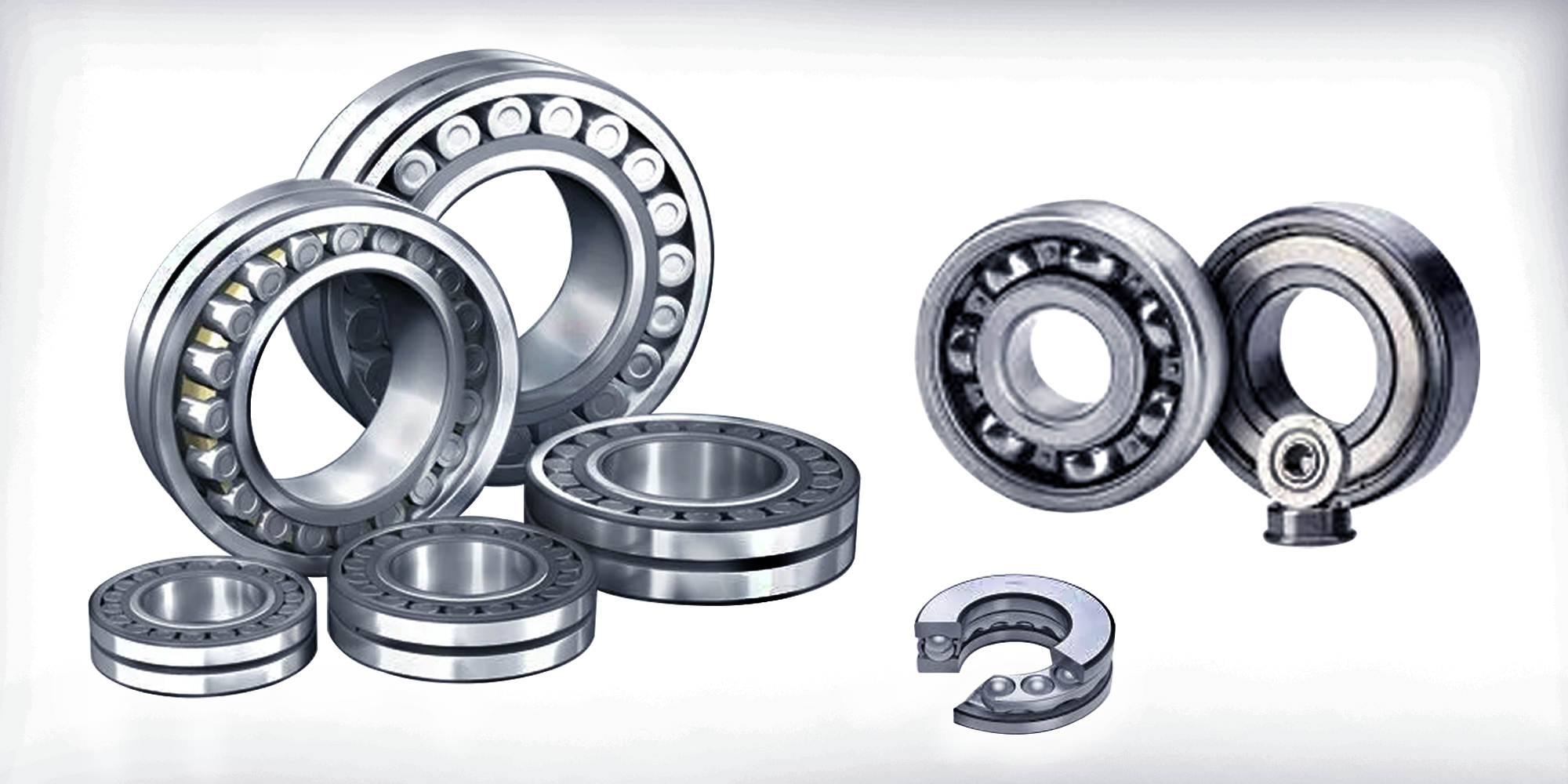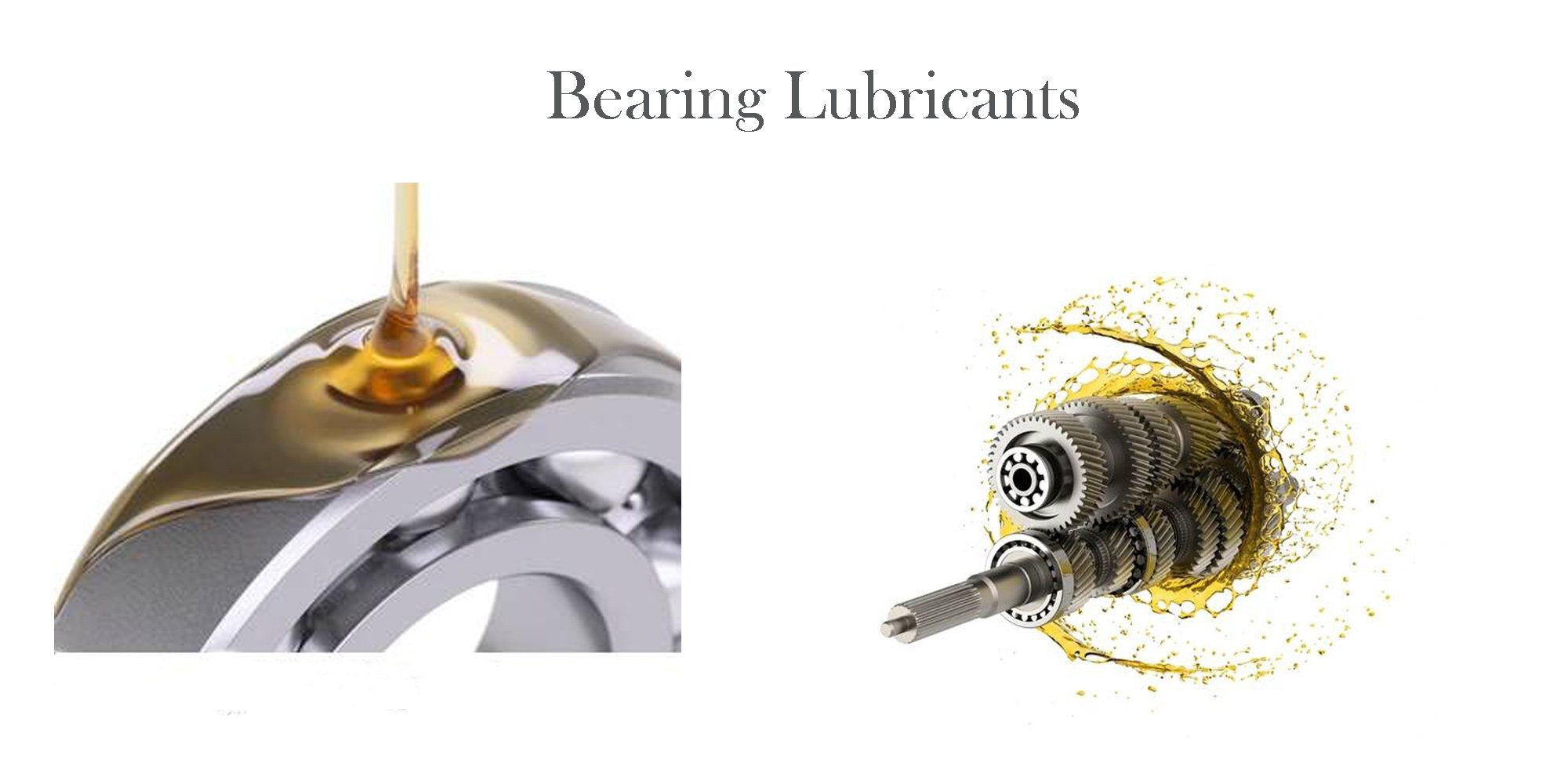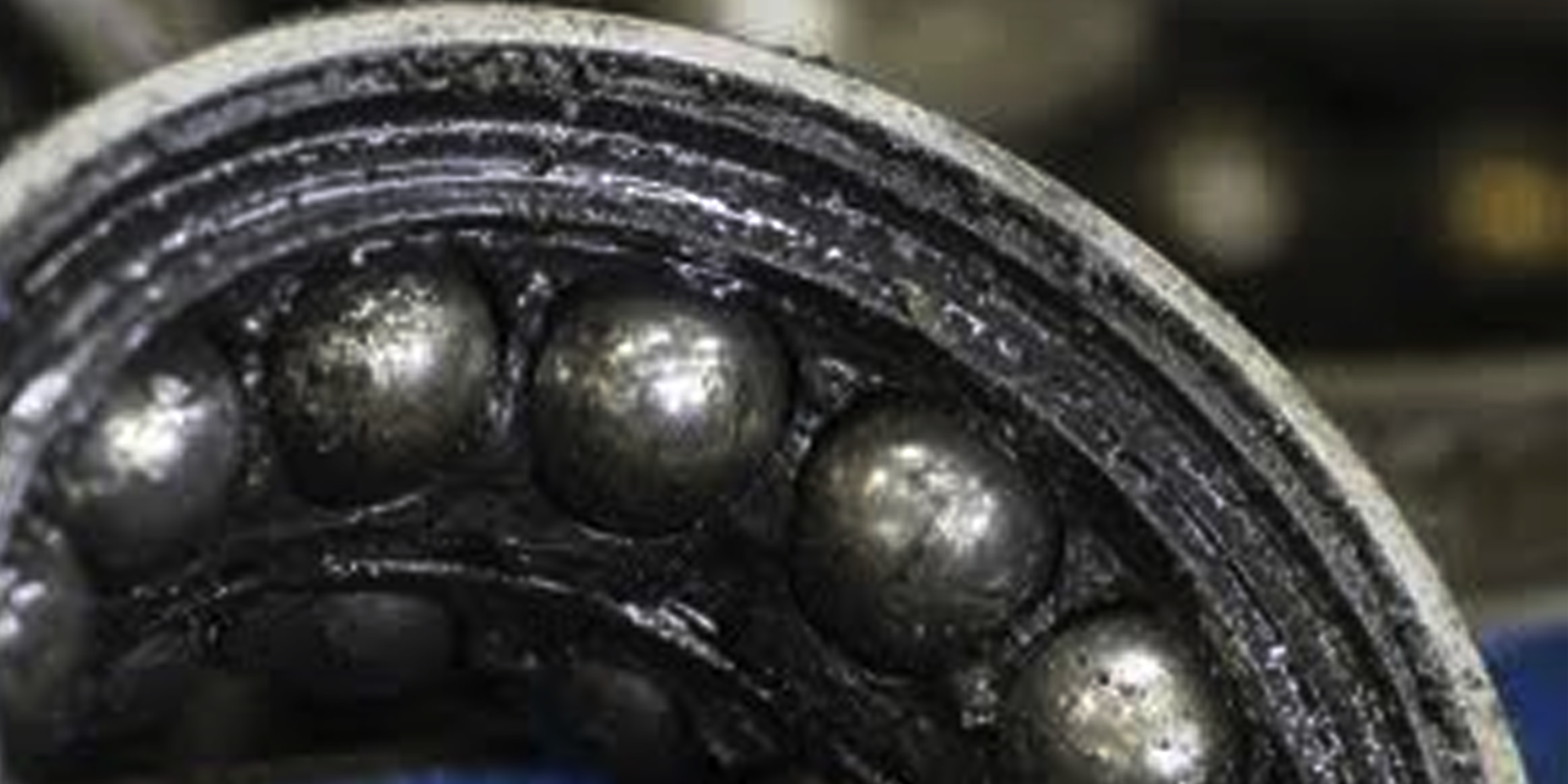A Guide to Bearing Lubricants
Why Bearing Lubrication is Important Effective bearing lubrication is crucial for the optimal performance and longevity of bearings. It's widely...

Bearing friction is the force that opposes motion between two surfaces in contact in a bearing.
In machinery, bearings are used to support rotating components and to minimize friction between parts.
Abnormal bearing friction results in energy loss, heat generation, wear and tear, and reduced efficiency of machinery, which can result in higher maintenance costs and reduced overall performance.
Therefore, reducing bearing friction is crucial to achieving optimal performance and longevity of machinery.
It is essential to acknowledge that the friction coefficients vary among different types of bearings.
Understanding these variations is crucial for effectively addressing and reducing bearing friction.
About the frictional torque, You can estimate bearing frictional torque using this straightforward formula:
0.5 x 0.0015 x radial load in Newtons* x bearing bore (mm)

0.5 x 0.0013 x axial load in Newtons* x bearing bore (mm)

This calculation is applicable under specific conditions: when the bearing has a standard fill of low torque lubrication, is free of contact seals, and operates at low speed and low load.
Issues during the manufacturing process of a bearing can significantly affect bearing friction:
Here are the main causes of bearing friction during bearing operation.

About this, SKF makes use of M = Mrr + Msl + Mseal + Mdrag to calculate the total bearing friction.
.jpg?width=1660&height=864&name=calculation%20of%20bearing%20friction%20moment%20(1).jpg)
To reduce internal bearing friction, it's key to perfect machining processes, enhance surface finishing, control heat treatment accurately, use suitable materials, and ensure proper assembly.
These improvements in manufacturing and assembly help mitigate friction-causing factors and extend bearing life.
Proper bearing lubrication is crucial for reducing bearing friction. Lubricants create a thin film between the bearing surfaces, reducing bearing friction and wear.
However, it's important to use the right type and amount of lubricant, as too much or too little can lead to problems.
Regular maintenance, such as checking and changing lubricants, can help prevent issues before they become major problems.
Regular cleaning and inspection can help prevent contamination and detect any issues before they lead to major problems.
Bearings can accumulate dirt, dust, and debris over time, which can cause damage and increased bearing friction.
By regularly cleaning and inspecting bearings, you can identify any issues early on and prevent further damage.
Different bearing designs and materials can offer different levels of friction and wear resistance.
Choosing the right design and material for your specific application can help reduce bearing friction and increase the lifespan of the bearings.
For example, ceramic bearings are more durable and have less friction compared to traditional steel bearings.
It's important to consider the operating conditions and load requirements when selecting bearings.
Misalignment and overloading can cause excessive force on certain parts of the machinery, leading to increased bearing friction and wear.
By addressing these issues, such as by realigning parts or reducing loads, you can reduce the amount of force and friction placed on the bearings, leading to improved performance and reduced wear.
Upgrading to advanced bearing technologies, such as ceramic bearings or self-lubricating bearings, can offer reduced bearing friction and increased durability compared to traditional bearings.
These technologies may be more expensive initially, but they can provide cost savings in the long run by reducing maintenance and replacement costs.
In conclusion, bearing friction, originating from manufacturing imperfections and operational factors, significantly affects machinery efficiency and lifespan.
It can lead to reduced performance, increased energy consumption, and premature failures, necessitating costly repairs.
Thus, we advocate for continuous improvements and innovations to reduce bearing friction, enhancing machinery efficiency and contributing to sustainable, cost-effective manufacturing.
As a typical example of low-friction applications, flow meter bearings exemplify how proper bearing design and execution can lead to optimal machinery performance and longevity.
They serve as ideal models for manufacturers to learn and incorporate good practices into their design and production processes.

Why Bearing Lubrication is Important Effective bearing lubrication is crucial for the optimal performance and longevity of bearings. It's widely...

Discover the secret to flawless machinery performance: "How Much Grease to Put in Bearings". The right amount can mean the difference between...

Bearings are crucial components in machinery and vehicles, ensuring smooth operation and reducing friction between moving parts. Yet, when they...